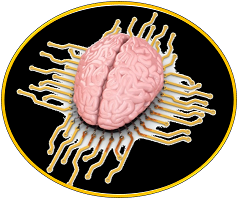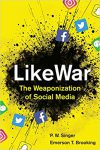 [Editor’s Note: Mad Scientist Laboratory is pleased to present our September edition of “The Queue” – a monthly post listing the most compelling articles, books, … Read the rest
[Editor’s Note: Mad Scientist Laboratory is pleased to present our September edition of “The Queue” – a monthly post listing the most compelling articles, books, … Read the rest
Crowdsourcing: The Future of Artificial Intelligence on the Battlefield!
Mad Scientist wants to hack your brains regarding the Future of Artificial Intelligence on the Battlefield!

Send us your brilliant ideas NLT 23 October 2018, … Read the rest
88. Biostorm: A Story of Future War
[Editor’s Note: Mad Scientist Laboratory is pleased to publish the following excerpt from Anthony DeCapite‘s short story of the same title. This story was written, … Read the rest
87. LikeWar — The Weaponization of Social Media
[Editor’s Note: Regular readers will note that one of our enduring themes is the Internet’s emergence as a central disruptive innovation. With the publication of … Read the rest
86. Alternet: What Happens When the Internet is No Longer Trusted?
[Editor’s Note: Mad Scientist Laboratory is pleased to present a post by Mad Scientist and guest blogger Lt Col Jennifer “JJ” Snow, addressing the emergence of … Read the rest





